Time and again, the current Supreme Court has waded into what should be a political fight, using its broad power to effectively freeze or rewind the clock. In so doing, it has often locked in the worst possible outcome, then leveraged its busy and lengthy docket to unacceptably extend that outcome.
It did this with the Texas vigilante enforced abortion law, allowing a facially unconstitutional restriction to remain on the books and actively in place, effectively shutting down reproductive health services across the state.
It did it again by staying lower federal court orders that had struck down unconstitutional racial gerrymanders in the South, permitting illegal maps to disenfranchise African American voters. That was at least four seats that should have been minority opportunity districts—enough to cost the Democrats the House majority.
And on Tuesday, SCOTUS pulled this trick once more, this time leaving in place a draconian Trump-era pandemic immigration ban, broadly known as Title 42, that the Biden administration wanted gone and that a federal judge already had ordered lifted.
In so doing, the Court further revealed itself as precisely what it should not be: a political powerbroker and, as even conservative Justice Neil Gorsuch noted in dissent, a group of “policymakers of last resort.”
What’s the story behind Title 42, and how does this most recent ruling get things upside down? What will it mean for the thousands of desperate migrant families camped in dangerous conditions at the border? And what should we expect next from Congress and the White House?
I explore these and some key takeaways from the decision.
Title 42: Part of Trump’s Larger Anti-Immigrant Agenda
Title 42 should be understood as an exception that wound up driving our entire immigration policy for years.
During the pandemic, then President Trump used a provision of the 1944 Public Health Service Act to prevent migrants from entering or remaining in the U.S. Title 42 gives the federal government the power to take emergency measures to stop the introduction of “communicable diseases,” so the Trump administration seized on that to expel migrants by the hundreds of thousands, instead of permitting them to seek asylum through normal, legal channels.
This effectively closed the border at all legal entry points while perversely encouraging migrants to try to cross the border elsewhere hoping that Title 42 wouldn’t be levied against them.
The labeling of migrants as carriers of diseases, and the use of Title 42 to expel them, was a continuation of Trump’s generally hostile immigration policies, which included performative nonsense like his border wall and his frequent anti-immigrant rhetoric about murderers, drug dealers, and rapists.
It used the pretext of the pandemic to effectively close the border to asylum seekers.
Title 42 under the Biden Administration
When Joe Biden was sworn in, there was hope that he would rescind Title 42, but the nation was still deep in the Covid pandemic at the time, and immigration was already a hot button issue.
Moreover, resources and personnel for handling migrant claims had been decimated during the Trump years, and the Department of Homeland Security had to rebuild its ability to process the expected crush of cases and asylum claims.
Biden feared lifting the ban would fan further criticism and provide choice video footage of chaos for the right. To the dismay of immigration advocates, and no doubt quite reluctantly, Biden left Title 42 in place, at least through the pandemic.
Then earlier this year in April, the White House announced that it was planning to end the practice of expulsion under Title 42.
But in May, a federal judge in Texas (of course, Texas) blocked the administration from ending the policy on the grounds that it would severely impact the states who had sued and that the CDC had not followed the correct procedures in seeking to end the policy.
But behind the scenes, the Biden Administration had already relaxed enforcement of Title 42 expulsions. As the Washington Postreports, under Biden the policy “has transformed from a broad prohibition to a patchwork with exemptions for specific demographic groups and nationalities.”
In November of 2022, for example, there were 233,740 immigration arrests along the Mexican border, one of the highest ever recorded in a month, but only 66,984 resulted in expulsion under Title 42. That’s a 29 percent rate of use of Title 42, compared to an average of 80 percent under Trump.
The numbers are far lower because Biden had exempted, for example, unaccompanied minors as well as vulnerable groups such as sexual minorities fleeing persecution. There were also practical considerations that left many migrants unprocessed under Title 42.
If the migrants crossed in from Mexico, as nearly all did, but were originally from countries with which Mexico had no return agreement, such as Cuba and Nicaragua, Mexico would not accept them deported back to its territory.
This led to a surge in migration from those countries because the U.S. effectively had no choice but to process the migrants and release them within the U.S. while they awaited their asylum hearings.
The Biden Administration also opened up the legal process for asylum to Venezuelan migrants by allowing them to be “paroled” after entering through lawful entry points, similar to what was offered to Ukrainian refugees.
The administration used Title 42 as a threat to deport Venezuelans who didn’t go the legally available route. The policy worked: Illegal border crossings by Venezuelans dropped as a result by over 90 percent.
Title 42 Gets Challenged
The case currently before the Supreme Court is one of two major challenges to Title 42. Despite considerably ratcheting down the use of Title 42, the onus has now fallen disproportionately on migrants from Mexico who aren’t able to avail themselves of special parole programs and who aren’t fleeing hostile regimes like Cuba or Venezuela.
Many who are apprehended are simply repeating their earlier attempts to enter the country after having been previously deported. Migrants, aided by progressive civil rights groups, sued as a class, arguing that the rationale invoking Title 42 as a pandemic safety measure no longer applies and that it is now operating as an illegal bar to lawful asylum seekers.
A federal court in D.C. agreed, and it ordered the policy lifted by December 21 of this year. The Biden Administration began extensive planning to prepare for a rush of applications. But a group of 19 red state leaders sued last minute to intervene, arguing that lifting Title 42 would result in chaos and negatively impact their states.
Five justices agreed to stay the federal court’s order to lift Title 42, while four justices dissented (the three liberal justices plus Justice Gorsuch). The question the Court reserved to consider later was very narrow: whether the red states had “standing” (that is, a legal right) to intervene in the case.
While the Court weighs this esoteric procedural matter, however, it ordered Title 42 to remain in place—trapping thousands of migrants at the border in further legal limbo while handing red state leaders a political win.
Some Thoughts and Takeaways
It is next-level hypocrisy that red state leaders, who during the pandemic eschewed all manner of basic preventative health measures at great cost to human life, should now champion a policy that cites the virus as the reason to expel millions of theoretical carriers.
The idea that Mexico was somehow a greater vector for disease and infection than the red states of America is also both deeply cynical and plainly counterfactual.
From a policy standpoint, the notion that certain states can claim they would suffer special harm from the lifting of Title 42 and that this somehow gives them standing to stop the government in its tracks threatens to upend our entire federal system.
In every policy decision by federal authorities there are winners and losers, from taxation to infrastructure spending to rules around land and water use. Immigration, and the states which allegedly are most affected by it, should receive no special dispensation or consideration.
Giving these states a voice and standing in this instance sufficient to hamstring the government would be premised on nothing but the Court’s apparent political priorities, and not sound federal principles.
Finally, the crisis at the border truly requires a bipartisan political solution, but no comprehensive immigration reform bill has passed Congress since 1986. Today, the “problem” of immigration has become a useful political tool for Republicans around which to rally their base and with which to fundraise.
Unsurprisingly then, they appear to have no real interest in actually trying to solve the problem through legislation. As Secretary Pete Buttigieg has observed, this will remain the case so long as the problem of immigration is more useful to them than the solution.
The upshot is, we likely will continue to see misery at our border and buses of migrants sent by governors Abbott of Texas and DeSantis of Florida dropped off in liberal bastions like Martha’s Vineyard or in front of Vice President Harris’ home in D.C.
The Biden Administration will still continue to work quietly behind the scenes to lessen the impact of Title 42 and to argue in court for ending the policy. But whether SCOTUS will relinquish its de facto policymaking role to the proper branches of government remains unclear.


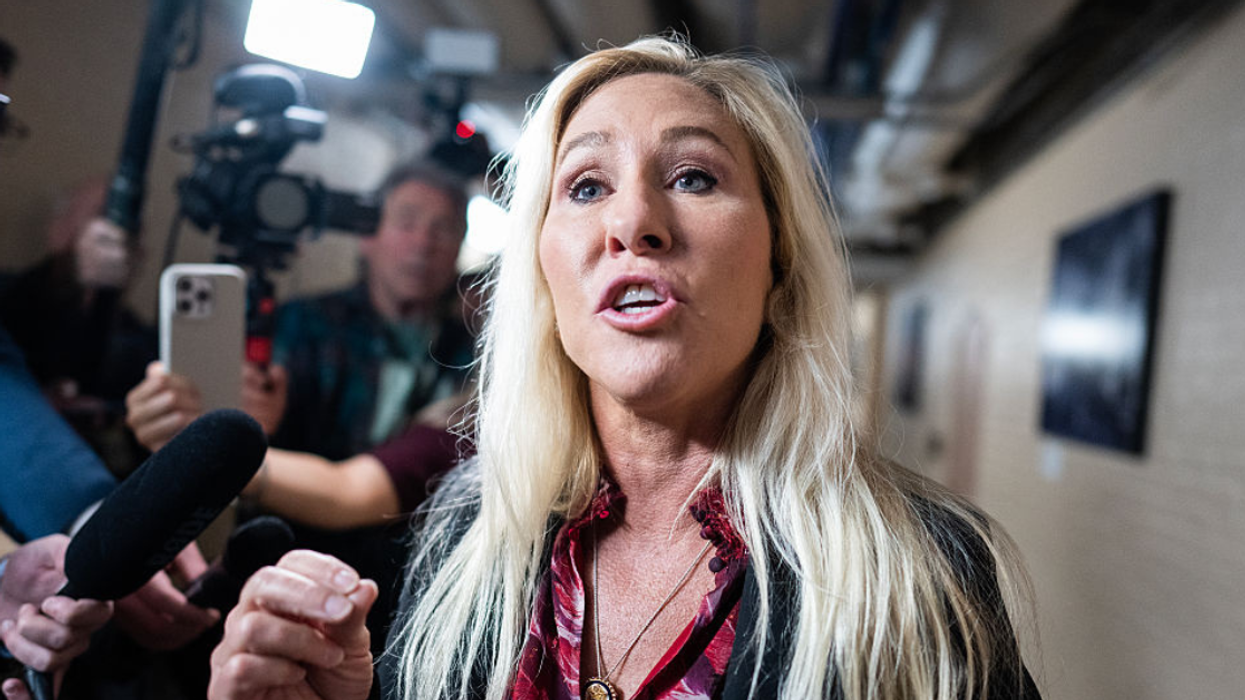


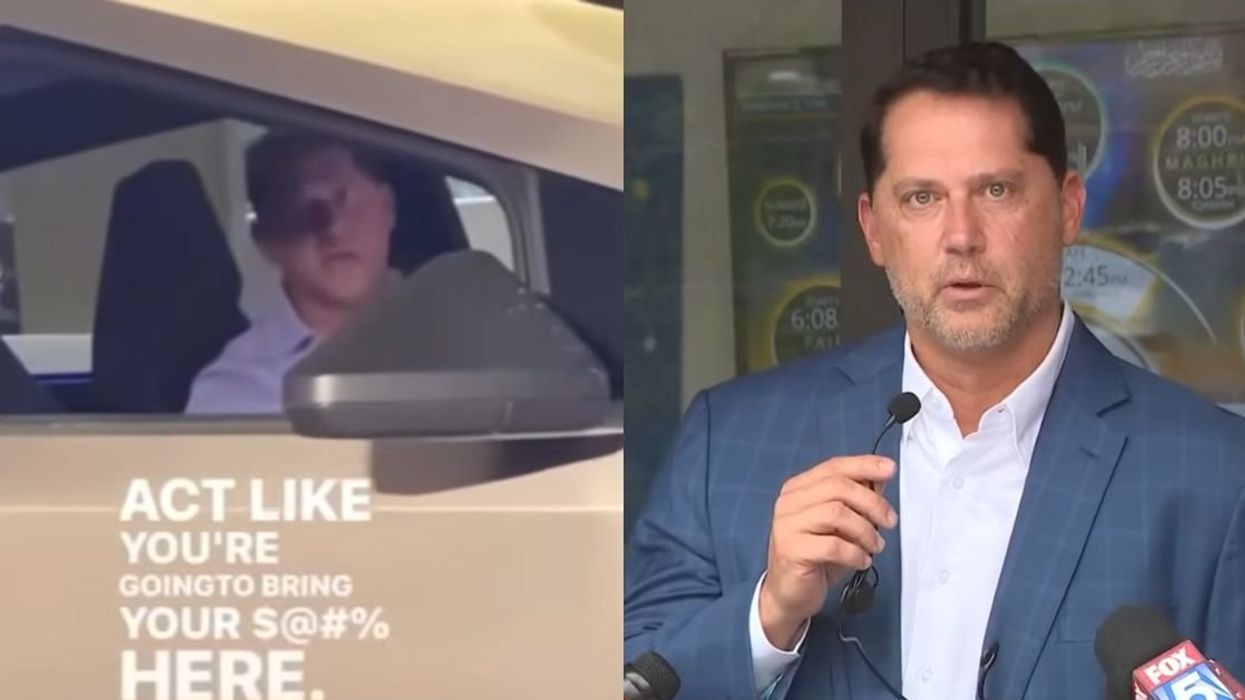

 @PreetBharara/X
@PreetBharara/X @RepBrendanBoyle/X
@RepBrendanBoyle/X @twesq/Bluesky
@twesq/Bluesky @christopherharris/Bluesky
@christopherharris/Bluesky @evangelinewarren/X
@evangelinewarren/X



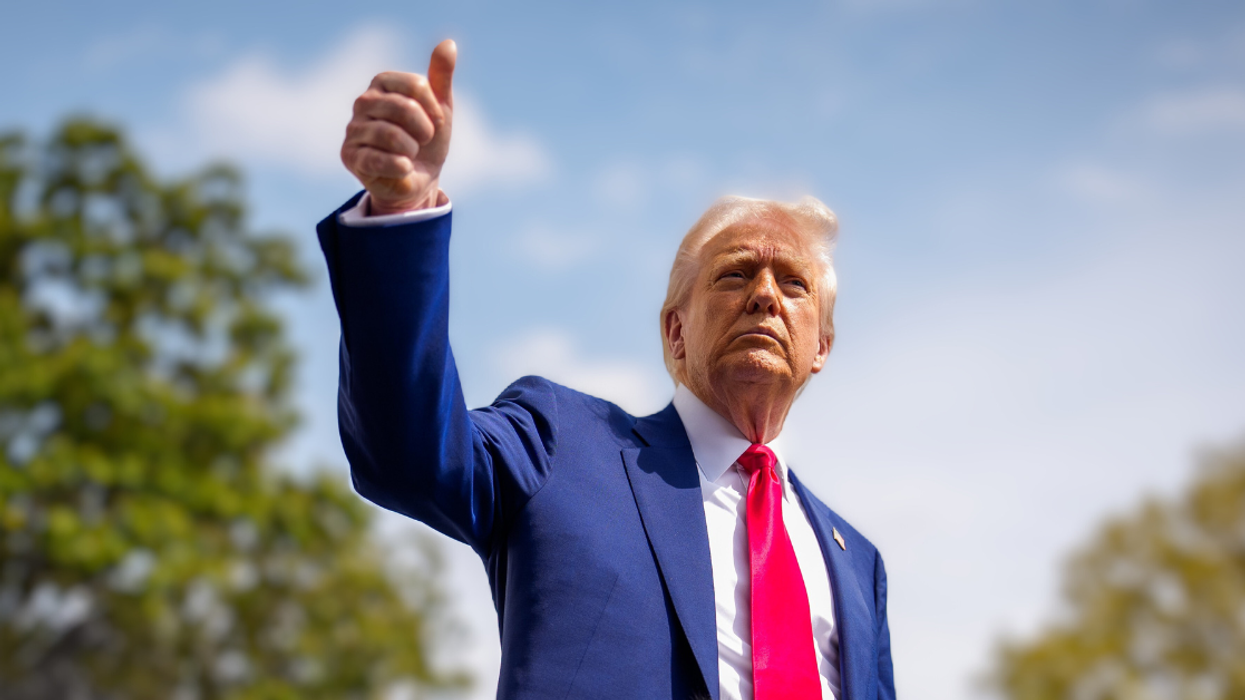
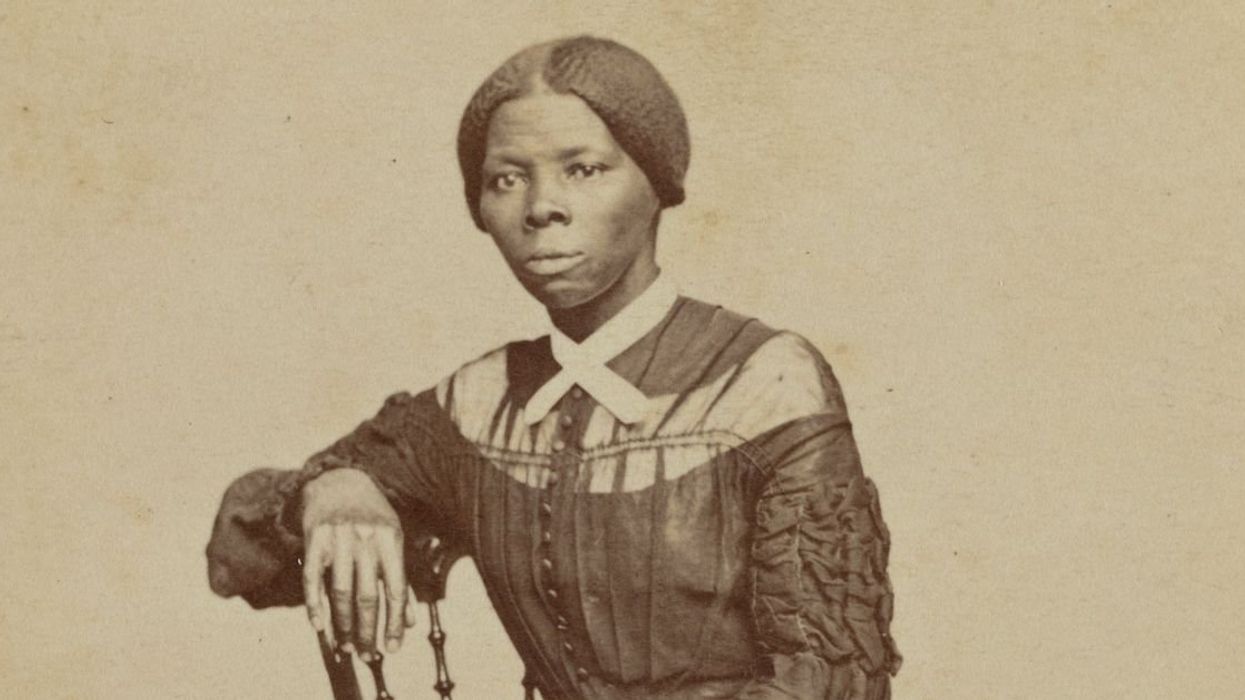
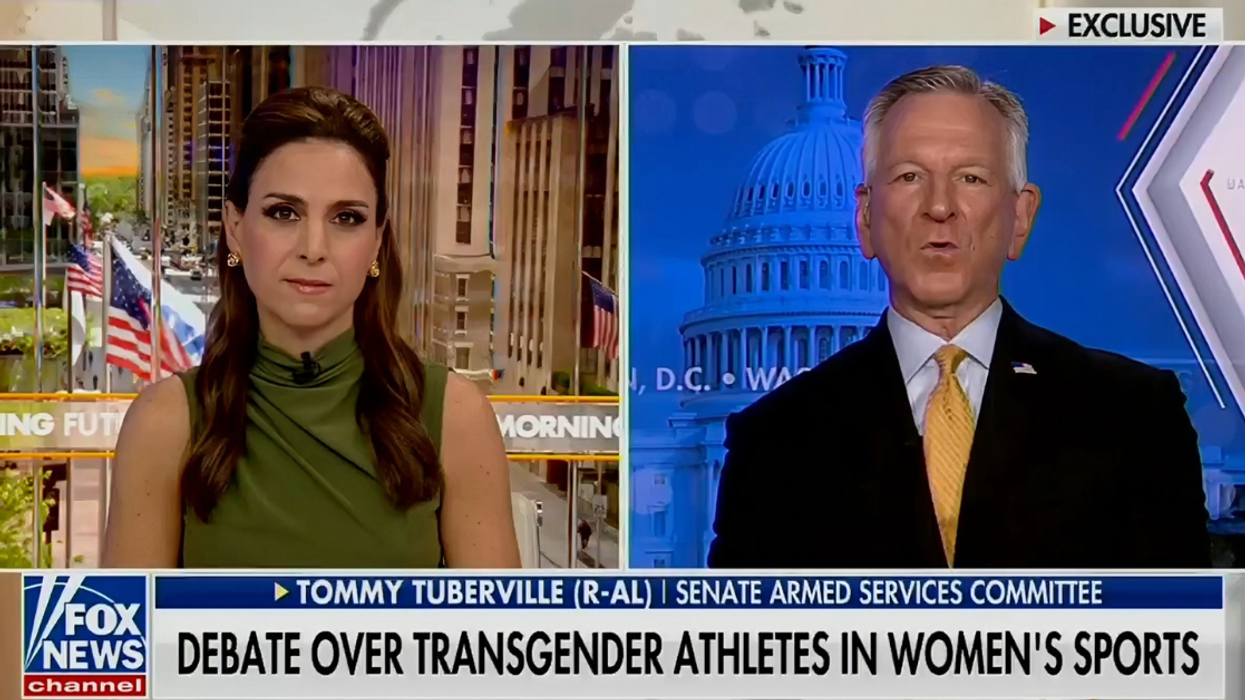
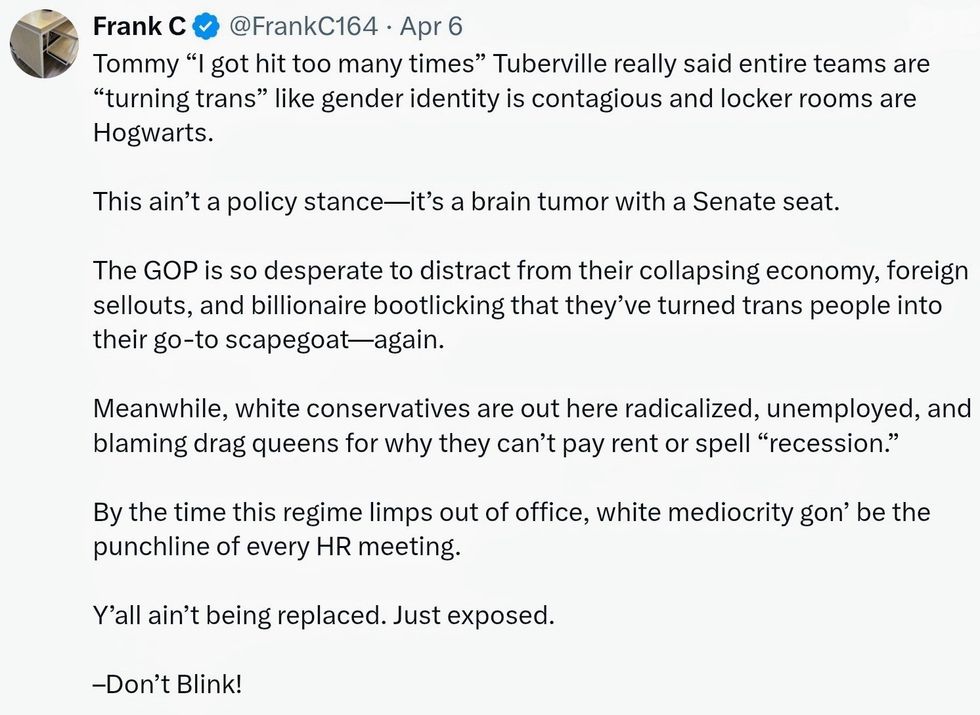 @FrankC164/X
@FrankC164/X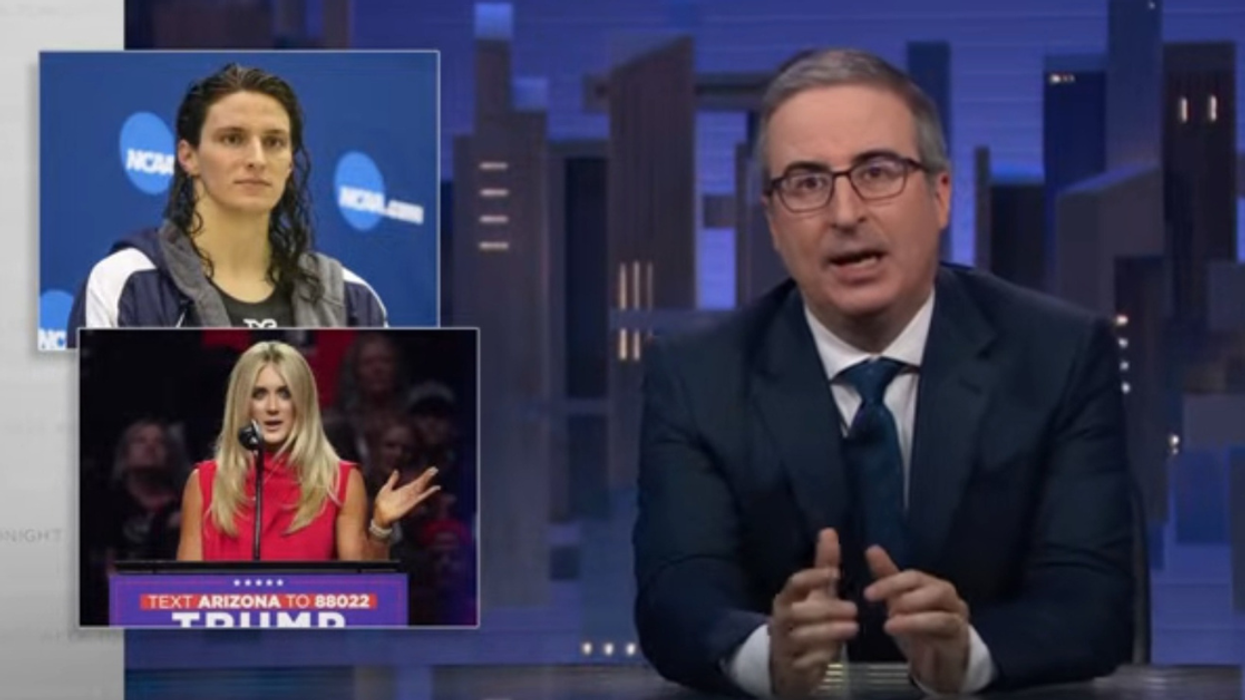
 AMC
AMC